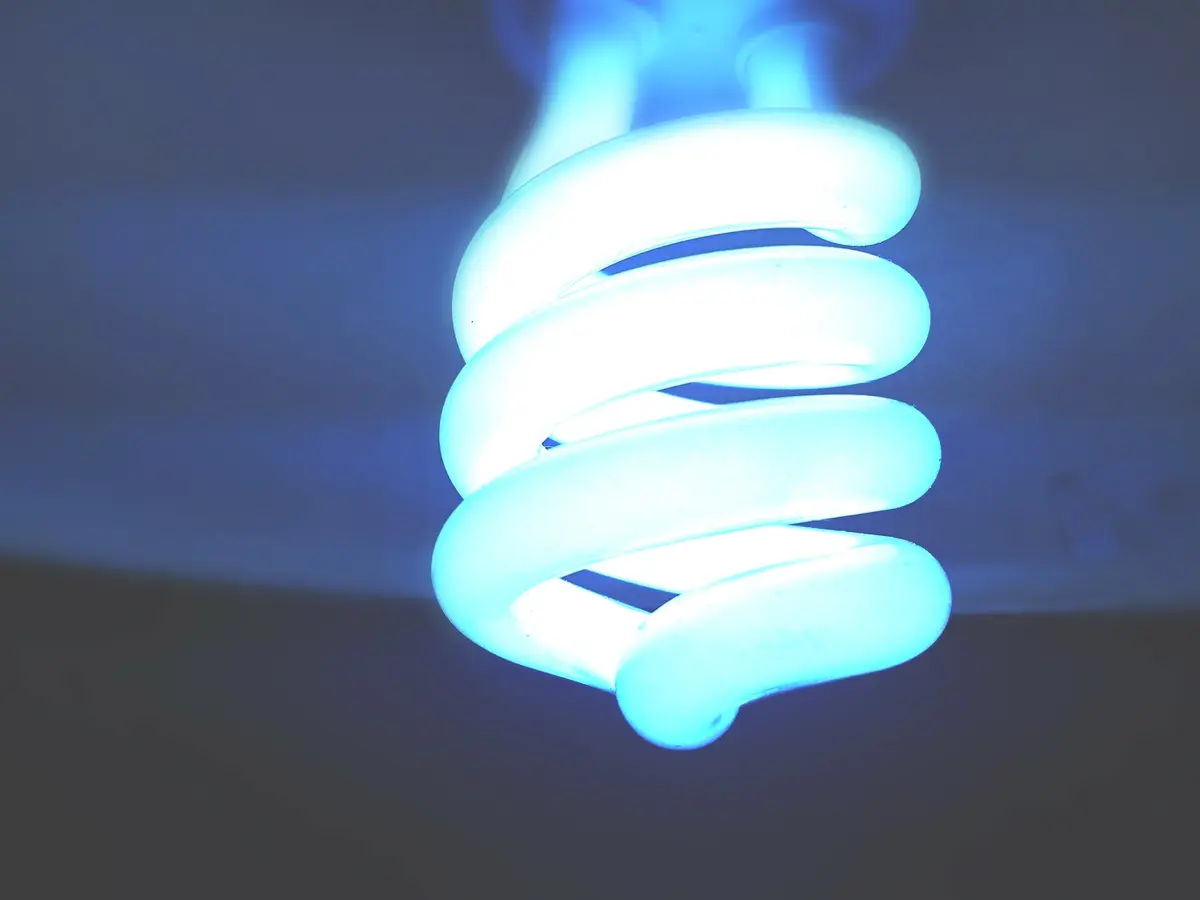Learn what is photoelectron spectroscopy which can provide data insights into the electronic structure of atoms and molecules.
What is photoelectron spectroscopy?
It is a technique by which we can study the energy levels of electrons in atoms, molecules and solids.
For understanding the electronic structure of atoms and molecules we can use this spectroscopic method in science, drug design and energy technology.
Principle of photoelectron spectroscopy
It is a type of spectroscopy. It measures the kinetic energy and number of electrons emitted from a material when it is exposed to light.
Principle involves directing a beam of high-energy photons, usually in the ultraviolet or X-ray range. The photons remove electrons from the material then the detector measures the energy and number of these electrons. By analyzing electrons data, we can understand the electronic structure of the material.
How does it work?
This spectroscopy works based on the principle of the photoelectric effect, first discovered by Albert Einstein in 1905.
When light shines on a material. It ejects electrons from its surface and make the photoelectric effect. The energy of the ejected electrons depends on the frequency of the light, as described by the equation: E = hf.
- Where E is the energy of the ejected electron.
- h is Planck’s constant, and f is the frequency of the light.
In this spectroscopy, high-energy photons attacks on the material and which expel or remove electrons from its inner shells.
Then we can detect and measure the kinetic energy of these emitted electrons. By analyzing the kinetic energy of these emitted electrons, we can easily understand the binding energy of the electrons in the material. Then we can know the information about electronic structure of the material.
Applications
Here are some basic applications of photoelectron spectroscopic technique.
- We can study electronic structures of substances.
- It examines electronic structures in molecules and reactions.
- Analyzes electronic structures of biomolecules.
- Studies electronic structures of surfaces and interfaces.
What is UV photoelectron spectroscopy (ups) and x-ray photoelectron spectroscopy (XPS)?
UPS uses UV light to study outer electrons in molecules and shows how electrons are arranged and bonded.
XPS uses x-rays to examine inner electrons which reveals details about the composition and chemical states of materials.
FAQ’s
What is the definition of photoelectron spectroscopy?
It is a method that uses light (UV or X-ray) to remove electrons from a material and provide insights data about electronic structure and composition of material.
What is difference between UV photoelectron spectroscopy and x-ray photoelectron spectroscopy?
UPS studies the outer-shell electrons by using ultraviolet light. But XPS examines inner-shell electrons by using x-rays light.
Which is better UPS or XPS?
The choice between ultraviolet Photoelectron spectroscopy (UPS) and X-ray photoelectron spectroscopy (XPS) depends on the requirements. Such as, UPS is better for studying valence electrons and molecular structures. In another hand XPS is more suitable for investigating core-level electrons and material composition.
Also read Conductometry definition principle instrumentation application.

